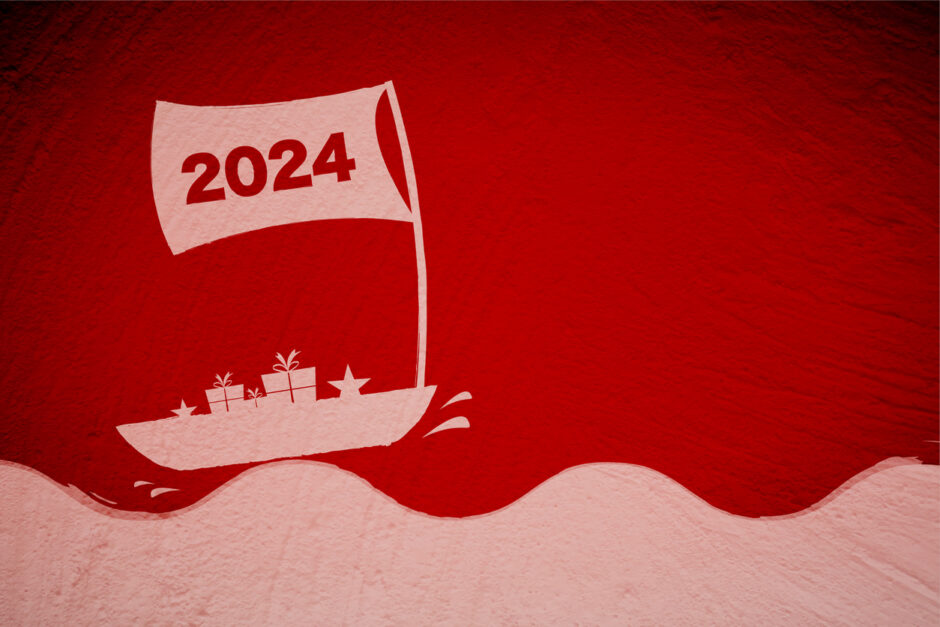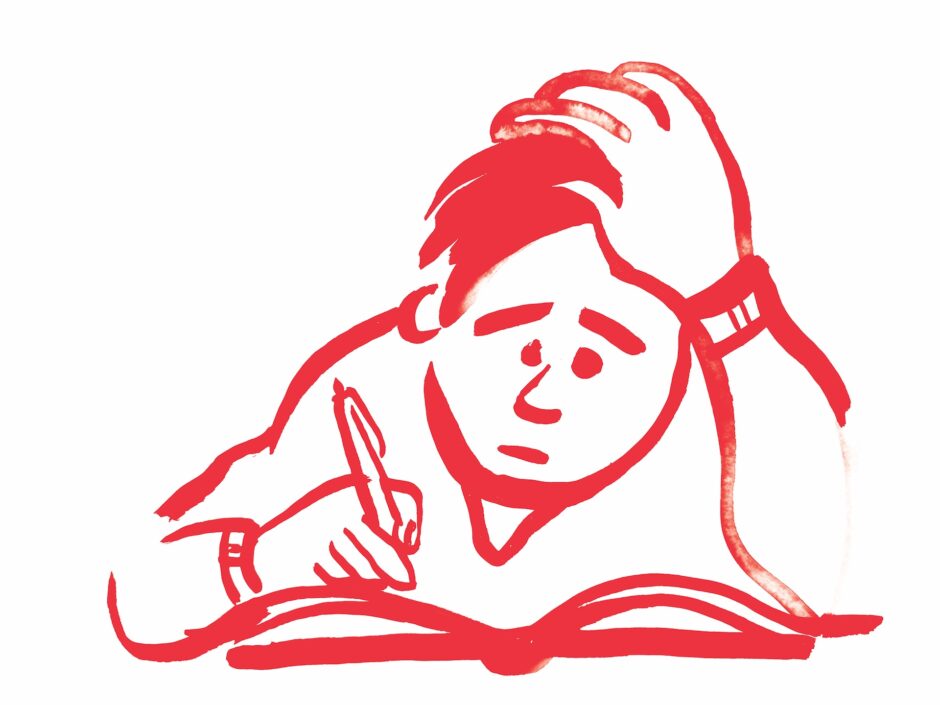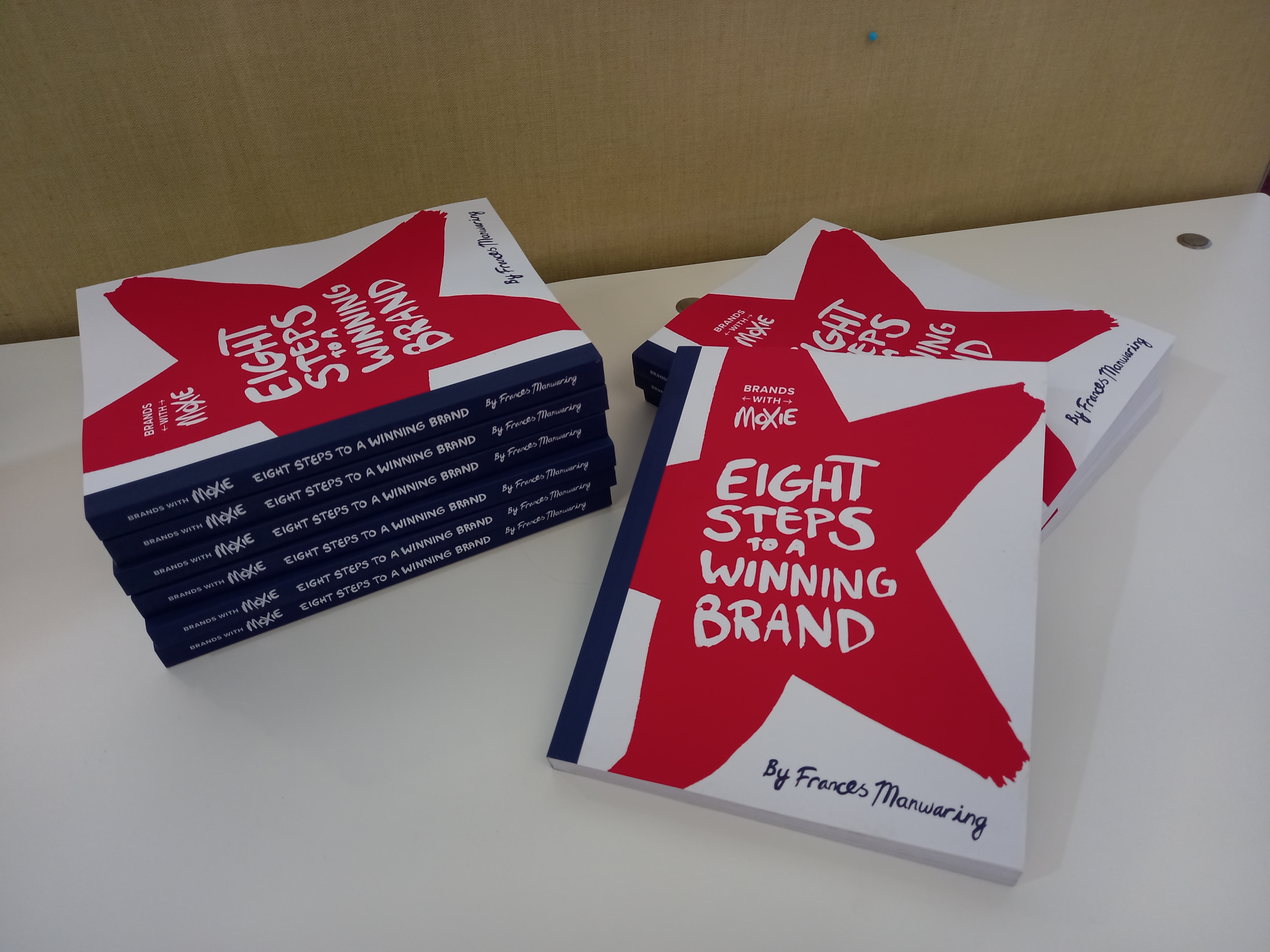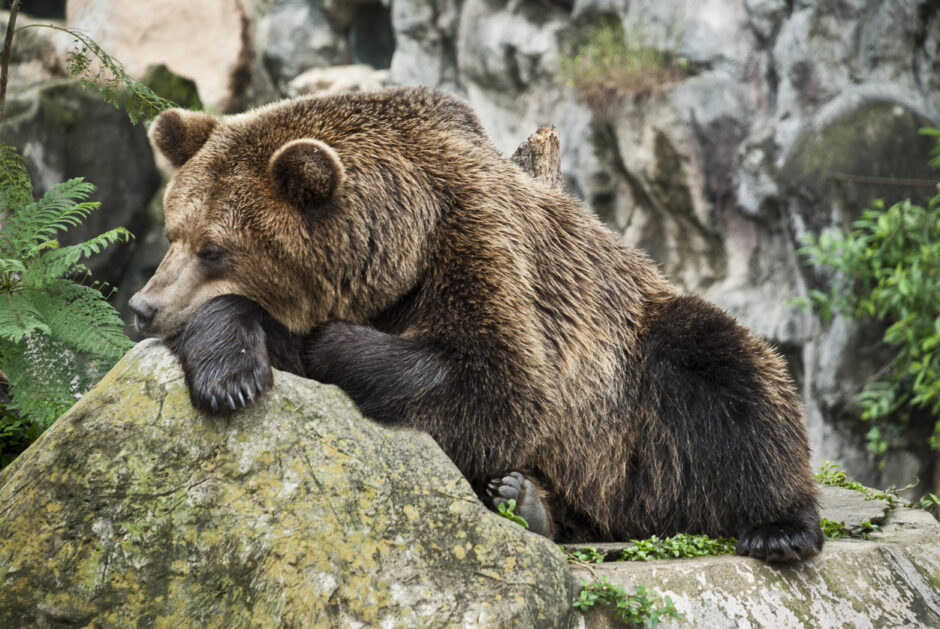When’s the last time you thought I just had one of the best days of my life? It’s easy when we look back to overload the scales with the things we’re not proud of or might do differently. Things that have caused us distress, harm or sorrow. Missed opportunities. Resolutions that didn’t make it to the end of January. The self-pitying seduction of the might-have-been is powerful.
Everyone around me was weary in the run-up to the holidays this year. Not unhappy, just a bit over it. By it, I mean 2023. There seemed to be a sort of collective consciousness willing the year away—a profound desire to close the door behind us on a confused, conflicted and curiously flat year and move on to the undoubted sunlit uplands[1] of 2024.
Human psychology is an interesting beast. Nothing changes with a new year. The seasons come and go; time moves inexorably on. A year is simply a construct designed to enable us to plan, record and be productive. There’s no alchemy about it. But the transition from one to the next has a symbolic importance that’s hard to ignore. It offers a valuable ‘moment’ for reflection and re-calibration. A holiday-induced pause (for those lucky enough to have them) to take stock and re-set, sometimes even take the extreme option of reverting to factory settings.
Ringing in the new with a resolution or two is as engrained in humans as chewing slippers is in puppies. The Babylonians were the first people recorded as celebrating each new year through a twelve-day festival, Akitu, marking the start of the spring planting season. Akitu included making resolutions to their gods, like loyalty to the king, paying debts and giving stuff they’d borrowed back to their rightful owners. You’d have to think they might also have included the usual suspects. Stop killing so many ‘fatted calves’ so they could shed a few sheckles (Babylonian kilos). Spend more quality time with the family. Read a few of those papyrus scrolls gathering dust in the study. Re-gild and polish the chariot and get back into the racing circuit.
New Year’s resolutions have been around since Adam was a boy. While they undoubtedly are an excellent option for some, I don’t go big on them because I’m a planner and a natural goal-setter. I enjoy the reflective time over the holidays, the headspace to go deep. I also like the feeling of optimism that is triggered by a New Year, which reinforces my commitment to pushing further.
But whether you’re a resolver or not, planning and resolutions only take you so far. Sticking rigidly to the programme shuts down the random twists and turns that become our tales of the unexpected. Those thrilling, surprising convergences when a heap of seemingly unrelated stuff coalesces as if by magic and makes something incredible happen. The times when you are looking for one thing and find something else entirely along the way. Being open to the unexpected.
At the end of October, I published a professional book—Brands with Moxie: Eight Steps to A Winning Brand. I was beyond delighted as this was the culmination of two years of commitment and hard work, which, at times, felt like a black hole sucking every fibre of my being into its relentless vacuum. It certainly hoovered up all my spare time. But it finally got done, and when the first copies arrived, I felt as proud as any new parent of my creation. I then, not unpredictably, got sick—or maybe I was just exhausted—and had some enforced time to ponder life’s big questions. This episode of navel-gazing confirmed what I’d always known. I want to write. More than anything. It’s my thing. I have a lot to say. I like entertaining people. I’m an essayist at heart. But the bonus was that I realised I had most of the content for another book comprising a non-fiction collection of opinion pieces in the style of and named after this blog—Never Succumb to Beige and Other Rules for a Colourful Life. It’s opinion meets autobiography meets history in a tongue-and-cheek way. It draws heavily on my not-uncolourful life experiences. I then worked like a demented being to finish it before the end of the year.
This somewhat accidental book triggered a sequence of serendipity that makes me smile as I write. Serendipity is, of course, the beneficial occurrences and developments that happen by chance. Or, as American crime writer Lawrence Block said, “Serendipity is when you look for something, find something else, and realise that what you’ve found is more suited to your needs than what you thought you were looking for”.
I decided early on to go the ‘indie publisher’ route and quickly realised success with the brand book would need coalitions of the able and willing. In this mindset, I amazingly unearthed a printer I didn’t know about in my own backyard with a business division supporting indies like me. I set up a meeting to discuss my brand book, but decided to also show the person I met my Beige manuscript. Her response blew me away—she loved it and thought it had broad appeal. She was also a fountain of knowledge about book publishing. From this one contact, others have flowed. I now have an editor and a top publicist who has agreed to work with me towards an April/May launch. I’ve also found new, like-minded people prepared to swop insights and discoveries. The happy dance goes on and on.
Although this happened quickly, it’s not as accidental as it seems. I have been writing for years, but not in a particularly joined-up way. I’ve ghosted a book on sales success, co-written a column—Sects in the City—reviewing business networking events and how to get the most out of them and clocked up several other decent notches on my writer’s headboard. But I’ve always seen writing as a ‘side hustle’. While I don’t intend to give up my day job any time soon, I’ve now got a way to elevate writing and content production to a central role in my business practice, and I have at least two other books ready to roll after Beige.
I’ve wished on many stars over the years but often struggled with the self-belief to reach up and grab one. Serendipity walks hand in hand with risk and trust. Without taking risks, you won’t grow; you don’t take risks without trust. Without either, the beautiful possibilities of the unimaginable remain in the wings, and you risk missing out on all sorts of good things. When I look back, the highlights are often the unplanned events and people that seem to have landed in my path out of the blue. Luck, you might say. Maybe. But serendipity has also been described as intention unmasked. I like that concept. This most recent demonstration of serendipity in my life is a long-standing intention finally unmasked.
It’s also said that serendipity rewards the prepared. A bit like fortune favouring the bold. Fate is more likely to step in when you’ve already put yourself in its path. I was prepared for my brand book to be the change I wanted to see, and it’s doing everything I envisaged, particularly as the foundation for a new direction for my business. I was rewarded with so very much more.
So, I’m excited about what the New Year will bring. I’m moving forward with optimism and confidence in my plans. But I hope there will also be serendipitous twists and turns I haven’t planned for. Like the late Pulitzer Prize-winning poet Mary Oliver, I’m keeping some room in my heart for the unimaginable.
Best wishes for a 2024 journey that includes surprise, serendipity and adventure.
[1] Winston Churchill used the phrase “sunlit uplands” in his “their finest hour” speech delivered in the House of Commons on 18 June 1940, a month after he took over as Prime Minister leading an all-party coalition sketching a picture of an idealised or longed-for future time of happiness, prosperity, good fortune, etc.





